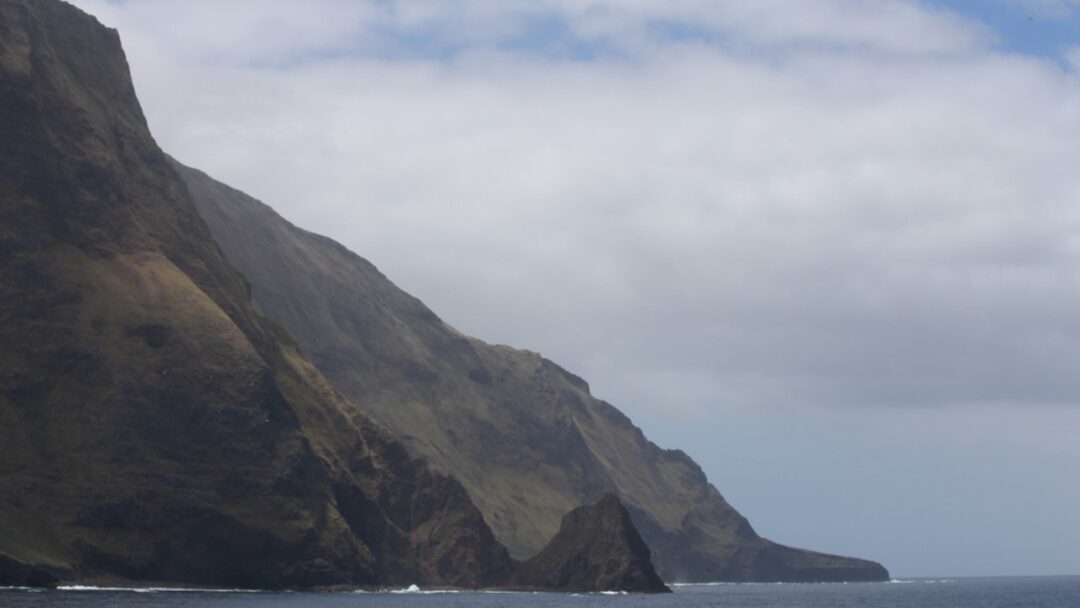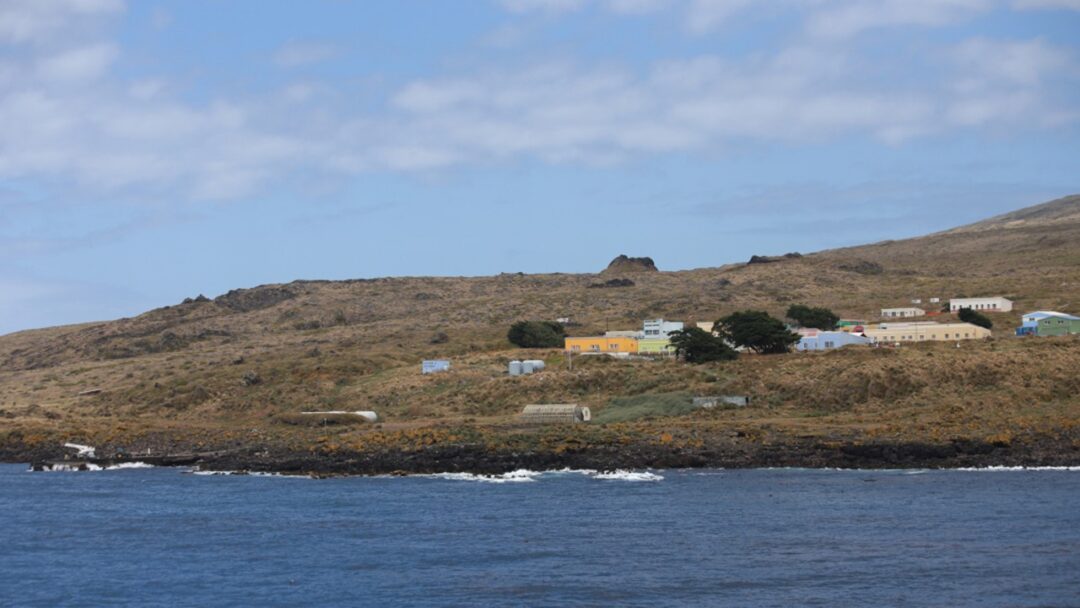
A great first in the French Southern and Antarctic Lands, the Amsterdam Island will be deratized in 2024. Preliminary studies underway are encouraging. The effects are expected to be beneficial to the island’s birds and would provide new insights into the preservation of subantarctic biodiversity.
In the southern hemisphere, the island of Amsterdam will undergo an intense deratting campaign during the winter of 2024 to protect seabirds. For more than 16 years, the French Southern and Antarctic Lands Reserve has been trying to save the southern rockhopper penguins and yellow-nosed albatrosses, both victims of avian cholera(Pasteurella multocida) epidemics. This disease is spread with animals introduced by humans: rats and mice.
Successive introductions have taken place throughout the history of its discovery (1633), its exploration (1850-1930) and the establishment of a permanent scientific station in 1950. “Rats are probably a reservoir for the disease. Scientists from the Center for Functional and Evolutionary Ecology in Montpellier have found this pathogen in the specimens captured on site, explains Clément Quétel, head of the Conservation and Restoration of Natural Environments Department of the French Southern and Antarctic Lands. Recently, a localized deratting around bird colonies has improved their reproduction. This is an encouraging sign for the total deratting of the island.” On the other hand, rodents could attack the eggs before they hatch.
“The deratting project costs more than 2 million euros funded by the European Union and the French Office of Biodiversity.”
Clément Quétel
Tough operation, but not impossible. In 2013 the deratting of South Georgia – 3,500 km2 of land area – was a success. The Amsterdam island represents 55 km2 of submerged land, but lava tunnels complicate the fieldwork and rodents could take refuge there. “There is no known source of food in the crevices and tunnels of the island, they must normally come out to feed, adds Clément Quétel. We will have to make sure that the dose of poison corresponds to the density of rodents.”
Since 2017, a succession of young scientists have been wintering on the island and studying the target species. They estimate their density, their reproduction period. As Lorien Boujot, in charge of the mission, points out: “We should not intervene during their reproduction, there is a risk that there will be youngsters whiches will not be affected by the eradication methods”.

The link between avian cholera and the disappearance of the Amsterdam albatrosses is not proven. After the devices adopted by the fishing vessels to avoid their drowning, the numbers of Amsterdam albatrosses have started a slow recovery. The implementation of a strict sanitary protocol by the nature reserve and a vaccination program developed by the researchers of the Institut Paul-Émile Victor, may have done their part. But only a possible acceleration of the return of the Amsterdam albatross after eradication could prove it.
Other species could benefit, such as Phylicas, a shrub native to the island that gets nibbled on by mice. For the moment, this plant multiplies thanks to the staff of the scientific base, Martin-de-Viviès, who reproduces it under greenhouse and replants it around the island.
Camille Lin, Polar Journal
Read more:





